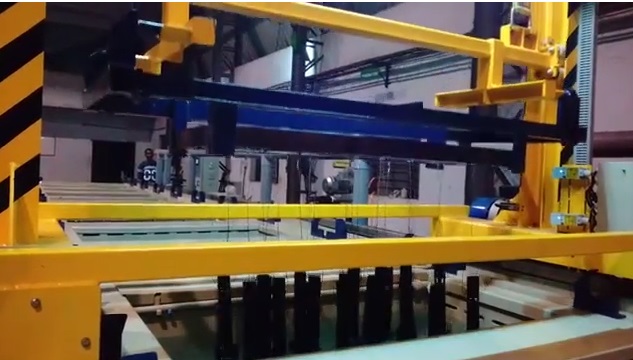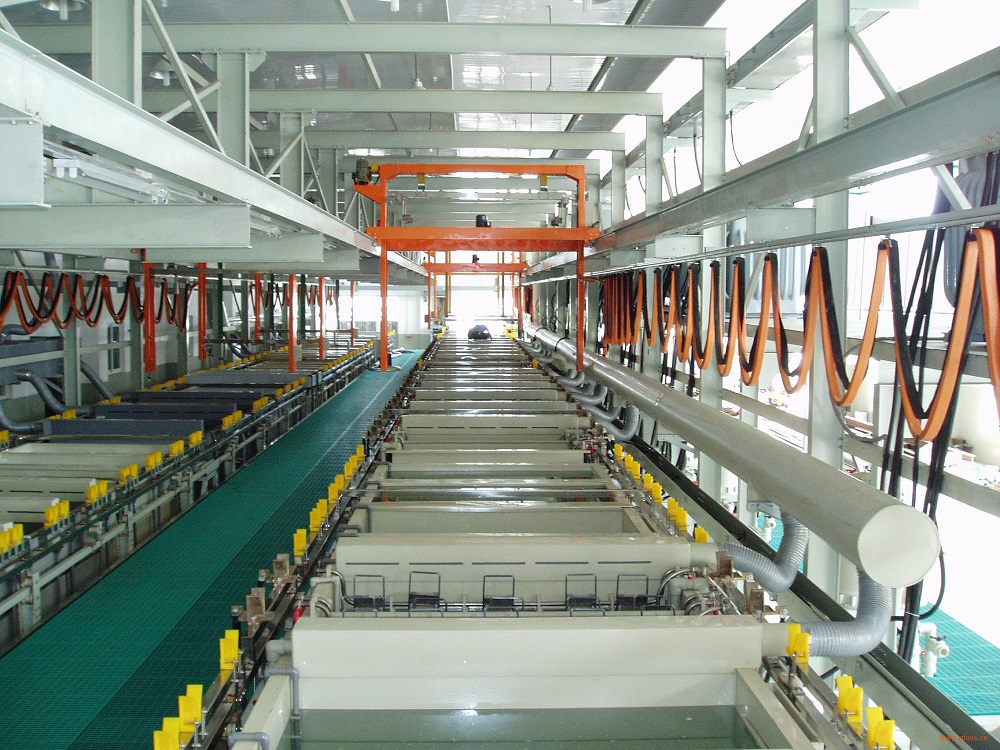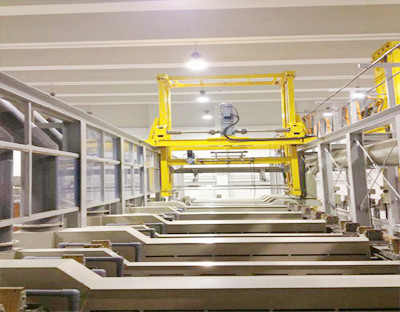Black oxidation treatment is a common method of chemical surface treatment. The principle is to produce an oxide film on the metal surface to isolate the air and achieve the purpose of rust prevention. Blackening treatment can be used when the appearance requirements are not high. The surface blackening treatment of steel parts is also called blue. Black oxidation treatment, because it can eliminate reflections, refers to a surface coating treatment method commonly used in military tools.
In order to improve the anti-rust ability of steel parts, strong oxidizer is used to oxidize the surface of steel parts into dense and smooth ferroferric oxide. This thin layer of Fe3O4 can effectively protect the inside of the steel from oxidation. The ferroferric oxide oxidized at high temperature (about 550°C) is sky blue, so it is called bluing treatment. The ferroferric oxide formed at low temperature (about 350°C) is dark black, so it is called blackening treatment. In the manufacture of weapons, blue treatment is commonly used; in industrial production, black treatment is commonly used.
Whether it can oxidize the dense and smooth ferroferric oxide on the surface of steel, the key is to choose a strong oxidizer. The strong oxidant is composed of sodium hydroxide, sodium nitrite and trisodium phosphate. When it is blue, use their molten liquid to treat steel parts; when it is black, use their aqueous solution to treat steel parts.
Technology process
Operation process of black oxidation treatment:
Workpiece clamping → degreasing → cleaning → pickling → cleaning → oxidation → cleaning → saponification → hot water boiling → inspection.
(1) Workpiece clamping: According to the shape and size of the work piece, a special fixture or spreader should be designed. The purpose is to leave enough gaps between the workpieces, the workpieces can not contact each other, so that each workpiece can be completely immersed in the oxidizing liquid to be oxidized.
(2) Degreasing: The purpose is to remove oil stains on the surface of the workpiece. After machining (blue and black is the last process), the surface of the workpiece will inevitably not leave oil stains. This is especially true when using anti-rust oil as an anti-rust between processes. Any oil stains will seriously affect the formation of ferroferric oxide, so it must be removed before turning blue and black.
The normal color of the bath is white. If the bath solution is red or brown, it means that the concentration of sodium nitrite is too large, and the composition of the bath solution should be adjusted in time. If the solution is green, it means that the iron ion concentration is too high and the solution should be updated in time.
Heat the degreasing solution to 80~90℃, and then immerse the workpiece. The immersion time is about 30min. If there is a lot of oil, the degreasing time must be extended, whichever is the thorough degreasing.
(3) Pickling: The purpose of pickling is to remove rust on the surface of the workpiece. Because rust and rust spots will hinder the formation of a dense ferroferric oxide layer. Even if the workpiece has no rust, it should be pickled, because it will further remove the oil stains, and the pickling will increase the activation energy of the surface molecules of the workpiece, which is beneficial to the oxidation of the next process and can generate a thicker ferroferric oxide layer .
The pickling solution is generally 10~15% sulfuric acid solution, the temperature is 70~80℃, the workpiece is immersed in the sulfuric acid solution for about 30 minutes, and the lightly rusted steel parts can be immersed for 20 minutes. If the rust is severe, it needs to be immersed. Soak for more than 40min.
(4) Oxidation: Oxidation is the main process of bluing and blackening. Whether the ferroferric oxide film is dense, smooth, and thick enough depends on the oxidation stage.
The process temperature for bluing is 550°C. The blackening process temperature is 130~145℃. The immersion time is 50 to 80 min. High carbon steel with high carbon content has a faster oxidation rate and the immersion time can be shorter. Low carbon steel with low carbon content has a slow oxidation rate and requires a longer immersion time. Alloy steel, especially high-alloy steel, has a certain amount of retained austenite on the surface of the workpiece, which has a strong resistance to alkaline solution and is not easy to form Fe3O4, so the immersion time needs longer. Table 2 lists the temperature and immersion time of the solution when the steel is oxidized (blackened).
(5) Saponification: The so-called saponification is to soak the workpiece with an aqueous soap solution at a certain temperature. The purpose is to form a layer of iron stearate film to improve the corrosion resistance of the workpiece. The commonly used concentration of saponification solution is 30-50g (soap)/L. The saponification solution is heated to 80-100°C, and the oxidized workpiece is soaked in the saponification solution for about 10 minutes.
(6) Inspection: After the oxidation is completed, the workpiece should be inspected to see if the Fe3O4 film is qualified. The inspection method is: randomly take three pieces of work pieces, soak them in a copper sulfate solution with a concentration of 2% for 20s, and the one that does not turn black is qualified. If more than one of the three workpieces is unqualified, the whole grooved workpiece is regarded as unqualified and needs to be oxidized again to deepen the thickness of ferroferric oxide.








 Jul. 17, 2020
Jul. 17, 2020 



